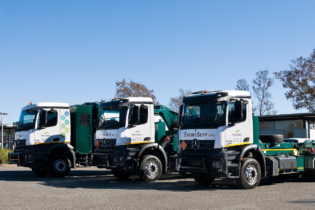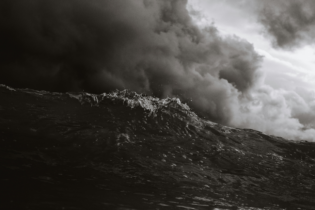
The Department of Water and Sanitation conducted a condition assessment audit of the
municipalities who could be negatively affecting the water quality of the Vaal River system
Mpumalanga municipalities
Lekwa and Msukaligwa Local Municipalities were targeted in the Mpumalanga Province in order to find long-lasting solutions to the problem of raw sewage spills in the Vaal River. The Department is currently in the process of finding ways to assist the municipalities to implement the recommendations of the audit report. Some of the key findings of the report relate to lack of maintenance of the infrastructure, lack of human capacity and plants operating above their design capacity.The main contributing municipalities were identified and the audit conducted to establish the main challenges leading to the discharge of substandard effluent into the river system.
Gauteng
In Gauteng the assessment show that the infrastructural state of some of the WWTWs are still in good condition. The Ennerdale WWTW is at an acceptable level with no major concerns according to the department. The short term requirement for this plant includes the installation of emergency storage to prevent contamination of ground water. A study is being conducted to investigate the feasibility of this intervention which should be implemented in the next 12 months. At the Bushkoppies WWTW the effluent quality is also of acceptable standards. The only concern is sand ingress into the plant and its impact on sludge management. There are a number of projects currently underway to address some of the challenges, including- the upgrading of de-gritters to improve handling of sand from influent;
- replacing of compactor motor and gearbox service;
- construction of the drying beds for waste sand from Primary Sedimentation Tanks and de-gritters;
- Cleaning of the emergency dam and installation of linings and construction of an extra storage for digested sludge.







